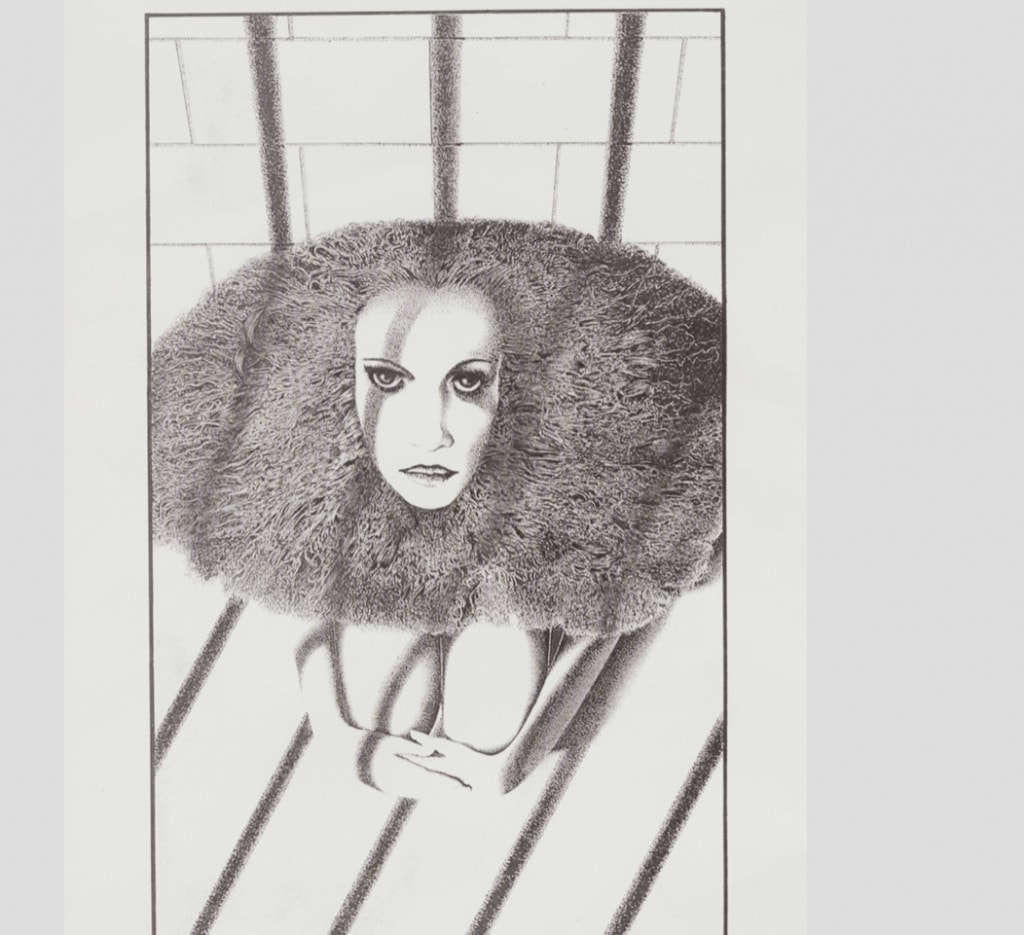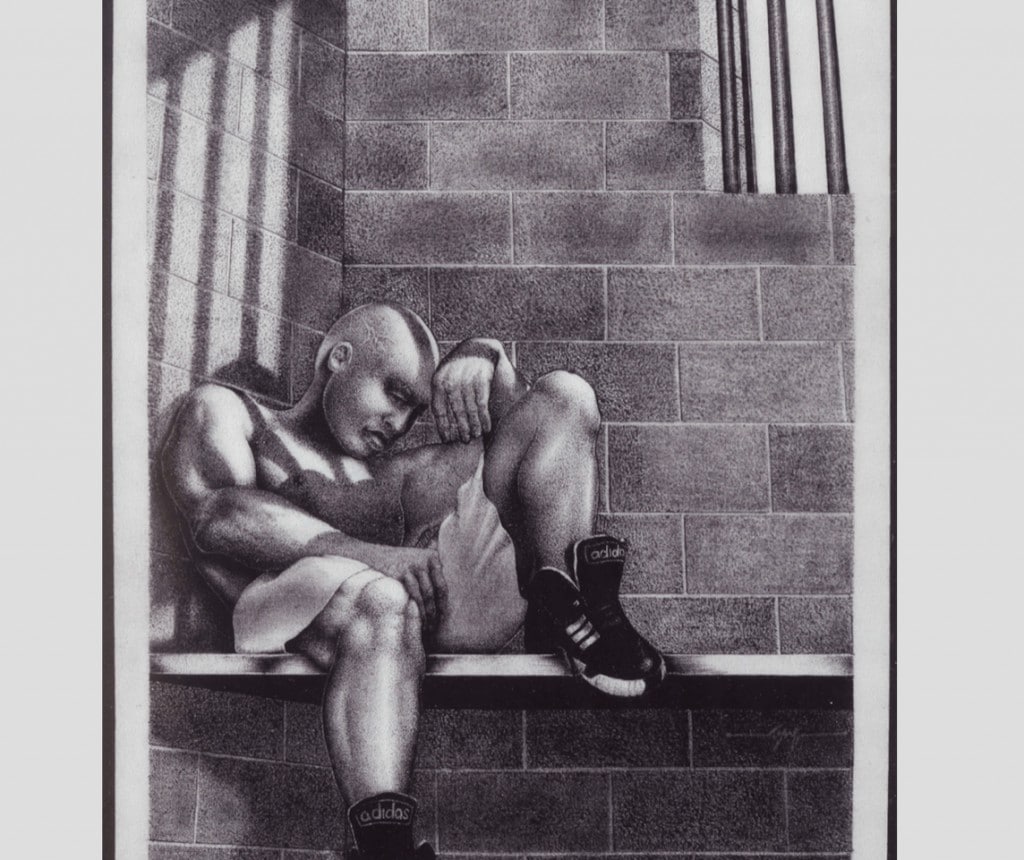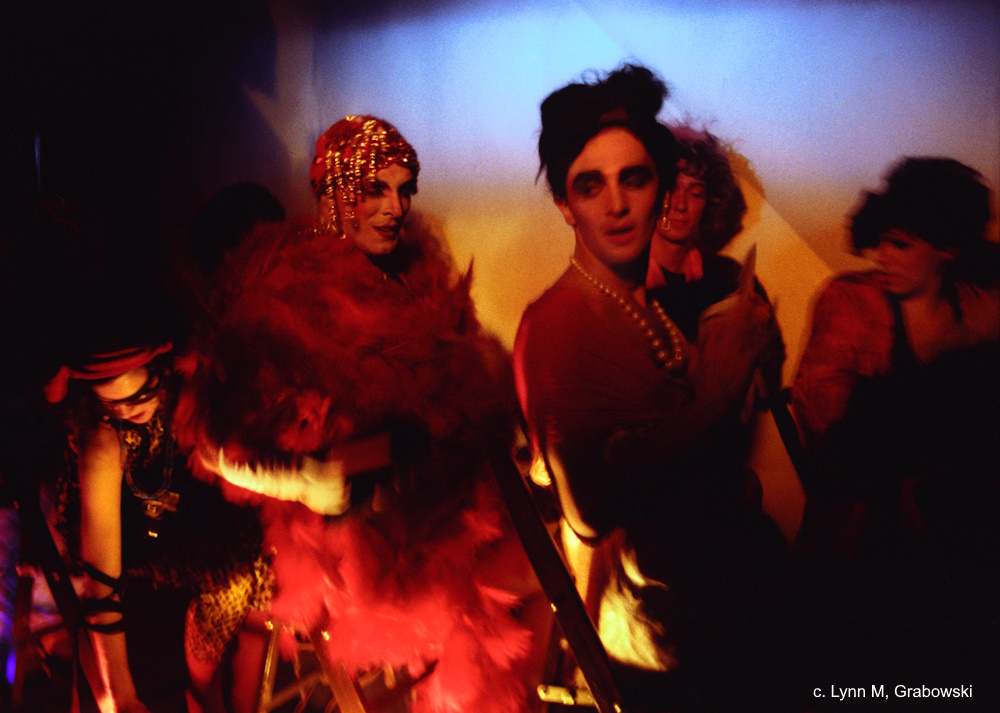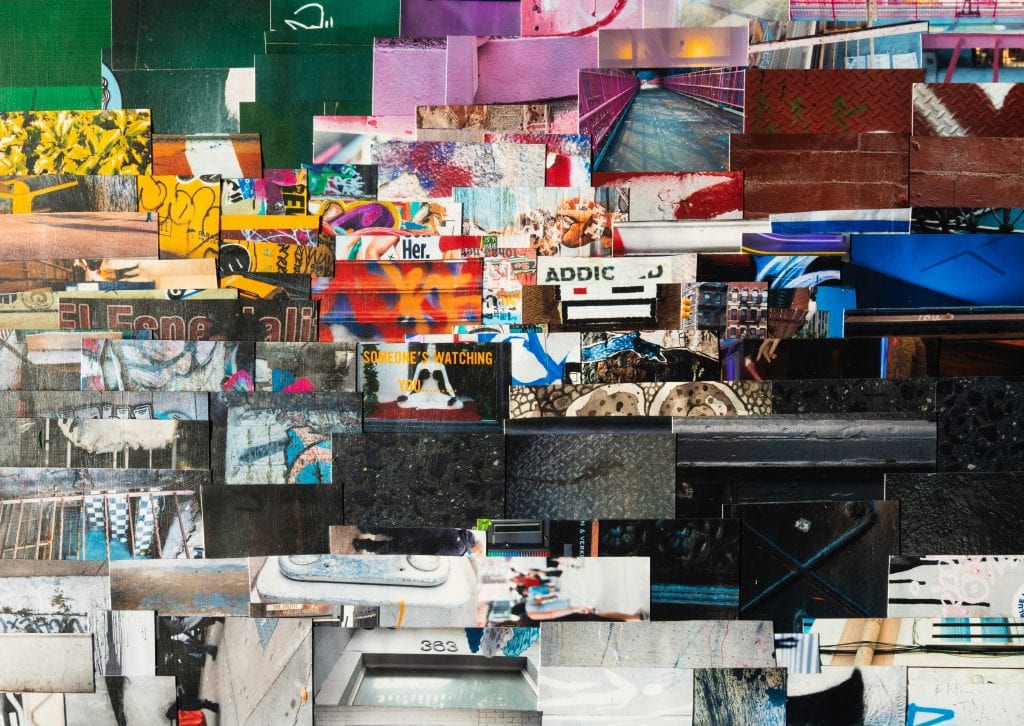A young woman on the cusp of 22 years of age is sentenced to life in prison. A 14-year-old teen hasn’t seen his family in six months because they could not afford to post bail. A 45-year-old woman with three children serves a four-year sentence for opioid possession—developing an addiction to the drug after a doctor prescribed it for knee surgery. These personal stories are from individuals I have worked with as an art educator and media artist while using creativity and self-expression to facilitate healing and transformation.
For some, prison is a place containing individuals who have committed serious and violent crimes, whose punishment is to be confined away from society as their penance. For others, the prison is a social construct in which the majority of people detained are comprised of poor people committing non-violent offences with disproportionate impact on communities of color. According to the Prison Policy Initiative there are 2.3 million people, including women, men, and children, currently being detained in the United States. Looking deeper, we see that prison can become a space where some individuals experience personal transformation. Many incarcerated people become activists, artists, scholars, and advocates while living in detention. This may say less about the system’s ability to foster change and more about the ways people construct notions of freedom beyond the material conditions of confinement.

Conversations about how to contextualize Guy Woodard’s exhibition We The People within a larger framework of the power of art made in prisons has resulted in a thoughtfully curated series of public programs at Howl! Happening. Nicole R. Fleetwood was the first person that came to my mind to have here at Howl about prison art. Having experienced talks and panels curated by Dr. Fleetwood at The Met Breuer’s Theatre of the Resist and Prison Nation with the Aperture Foundation, this groundbreaking professor and scholar brings a unique lens of critical theory and curatorial aesthetics to enhance society’s understanding of prisons as sites of cultural production. We will host an evening panel with David Rothenberg, founder of the Fortune Society, Guy Woodard, and others who were supported by the work of the organization.

Guy Woodard: We The People uses art to explore one of the most complex social issues of our time. I’ve witnessed firsthand the importance of access to artistic expression to maintain one’s connection to humanity while in detention. Woodard’s work exemplifies how art made in prisons can connect the world of those on the inside to those on the outside.
Read Nicole Fleetwood’s article in salon.com about a former prisoner’s take on the Florida penitentiary system here.
—Katherine Cheairs, Director of Education, Howl! Happening



